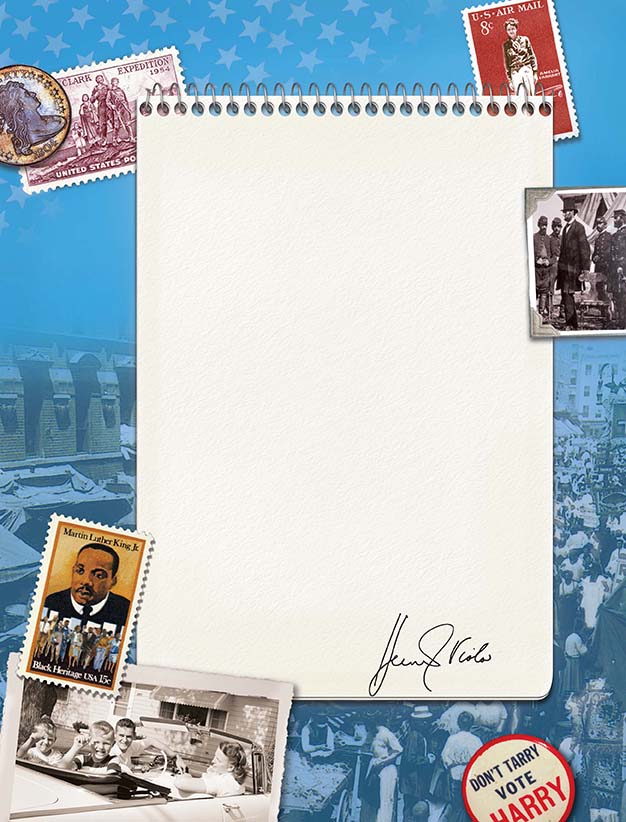Reflections: Jefferson’s Vision
Of the many founding fathers responsible for creating the American Republic, the one at the top of many people’s list is Thomas Jefferson. He was truly the grand architect who plotted our nation’s destiny. The Declaration of Independence was largely his inspiration. The Library of Congress, today the finest repository of its kind, resulted from his passion for books and knowledge. The Louisiana Purchase, which he engineered, doubled the size of the young republic, enabling it to fulfill its continental destiny. And it was Jefferson, a person of limitless intellectual curiosity, who sent two young soldiers, Meriwether Lewis and William Clark, across that continent to inspect, measure, and explore his new purchase.
Two centuries have passed since these Captains of Discovery ventured across the vast and inviting continent. Yet, to this day, we are indebted to Lewis and Clark for their faithfulness to their mission, to their President, and to their colleagues. Charged with identifying the natural wonders of the Far West, they collected and described hundreds of plants, birds, and animals previously unknown in the East. Over the course of their expedition, they measured and mapped every step of their two-year journey. They also carefully recorded and documented their daily activities, filling numerous notebooks with information that scholars still find invaluable.
One historian of the West has declared that the diaries and journals of the Lewis and Clark Expedition were by far the most important original narrative of North American exploration ever written. The words Lewis and Clark wrote were intended for Jefferson, but now they belong to the ages. “The work we are now doing,” Jefferson wrote while Lewis and Clark were still wending their way across the West, “is, I trust, done for posterity…. We shall delineate with correctness the arteries of this country: those who come after us will extend the ramifications as they become acquainted with them and fill up the canvas we begin.” That canvas today is the United States of America.





